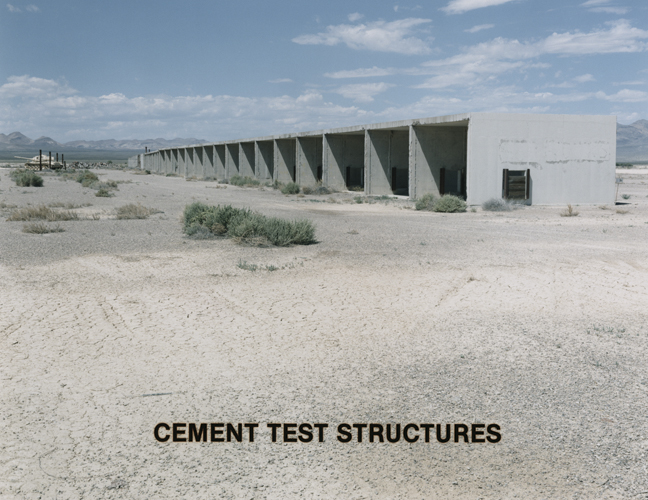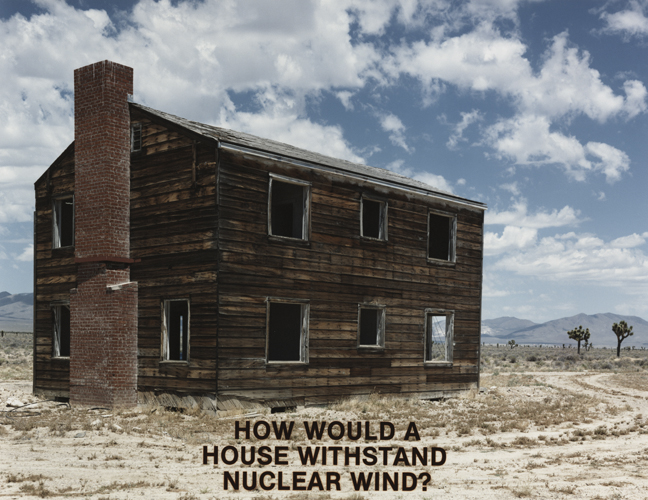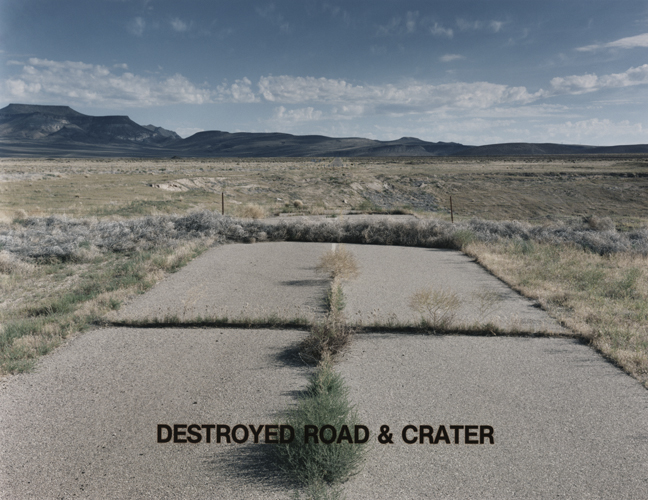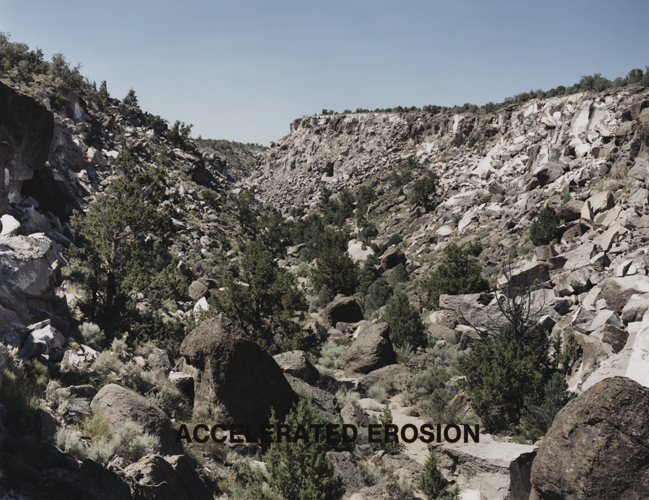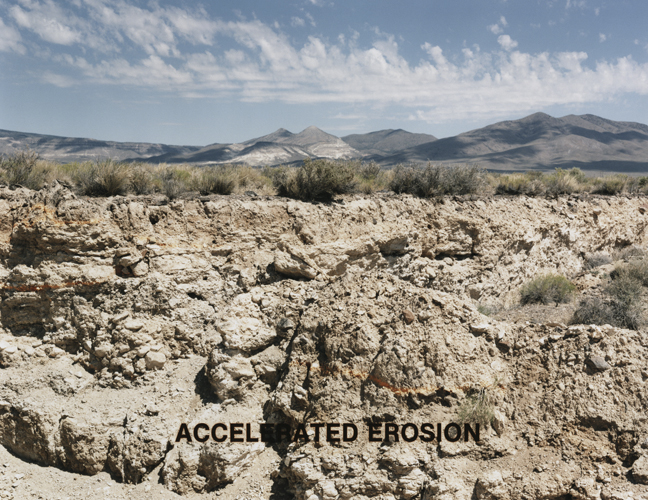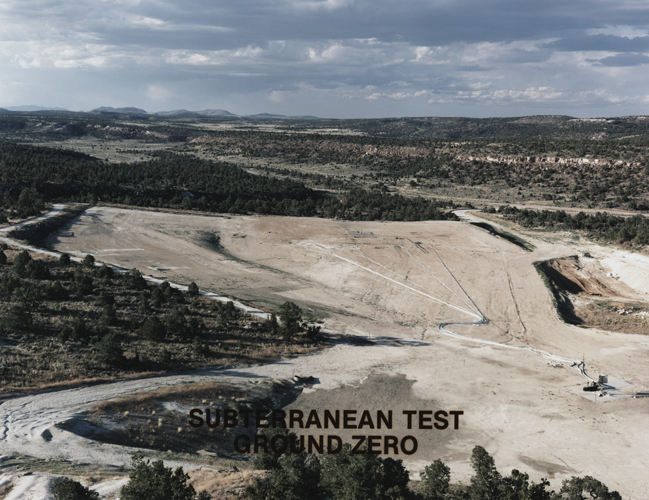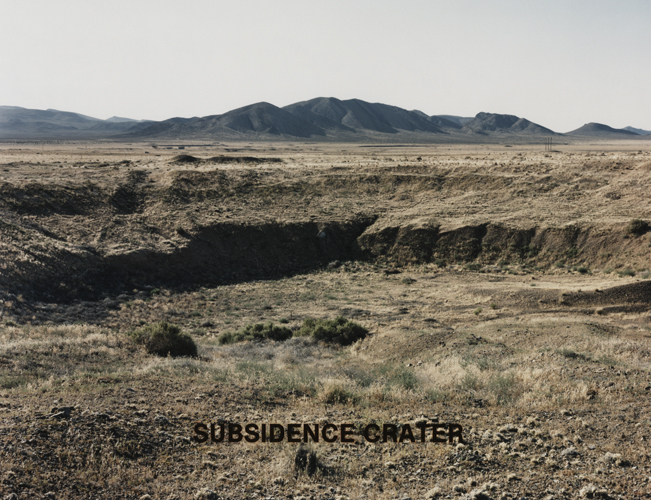Nuclear Landscapes -- Nevada Test Site by Peter Goin
The Atomic Energy Commission, shortly after World War II, recommended that a 640 square mile "testing ground" be carved out of the 5,400 square mile gunnery range in use by the military in southern Nevada. The testing of nuclear weapons was considered essential to national security, and President Truman authorized the opening of the Nevada Test Site on December 18, 1950. The first atmospheric test at the new site was conducted at Frenchman's Flat on January 27, 1951. Hanford and White Bluffs, Washington had already been "condemned," paving the way for the construction of facilities manufacturing weapons-grade plutonium.
One hundred and nineteen tests were conducted until a moratorium was established from 1958 to 1961. Until the United States and the Soviet Union signed a limited test ban treaty on August 5, 1963, another one hundred and two "devices" were detonated. Since 1963, however, all explosions have been underground.
Just as information about the harmful effects of radiation was scarce, the folklore about everything nuclear exploded. Contemporary dances, drinks, and even the "bikini" owe their namesakes to the nuclear age. Although many Nevadans remember driving to the roadside along Highway 95 to watch the blasts, the test site itself was strictly off limits. Rarely have photographers been allowed to document the visual effects of the nuclear tests, and if so, their results were considered secret and confidential.
These photographs are the product of a rare opportunity to photograph within the nuclear lands. The artifacts and sites throughout these nuclear lands represent visual icons in the range of myth and political ritual surrounding the nuclear age. This project contains: Nevada's Nuclear Test Site, Trinity in New Mexico, the Hanford Nuclear Area in Washington, and the Marshall Islands' sites of Bikini and Enewetak Atolls. [Peter Goin]
Nuclear Landscapes. Peter Goin. (Baltimore: Johns Hopkins University Press, 1991) 57 color plates, 35 historical photographs, two essays [Excellence award from Graphic Design USA, December, 1992].




